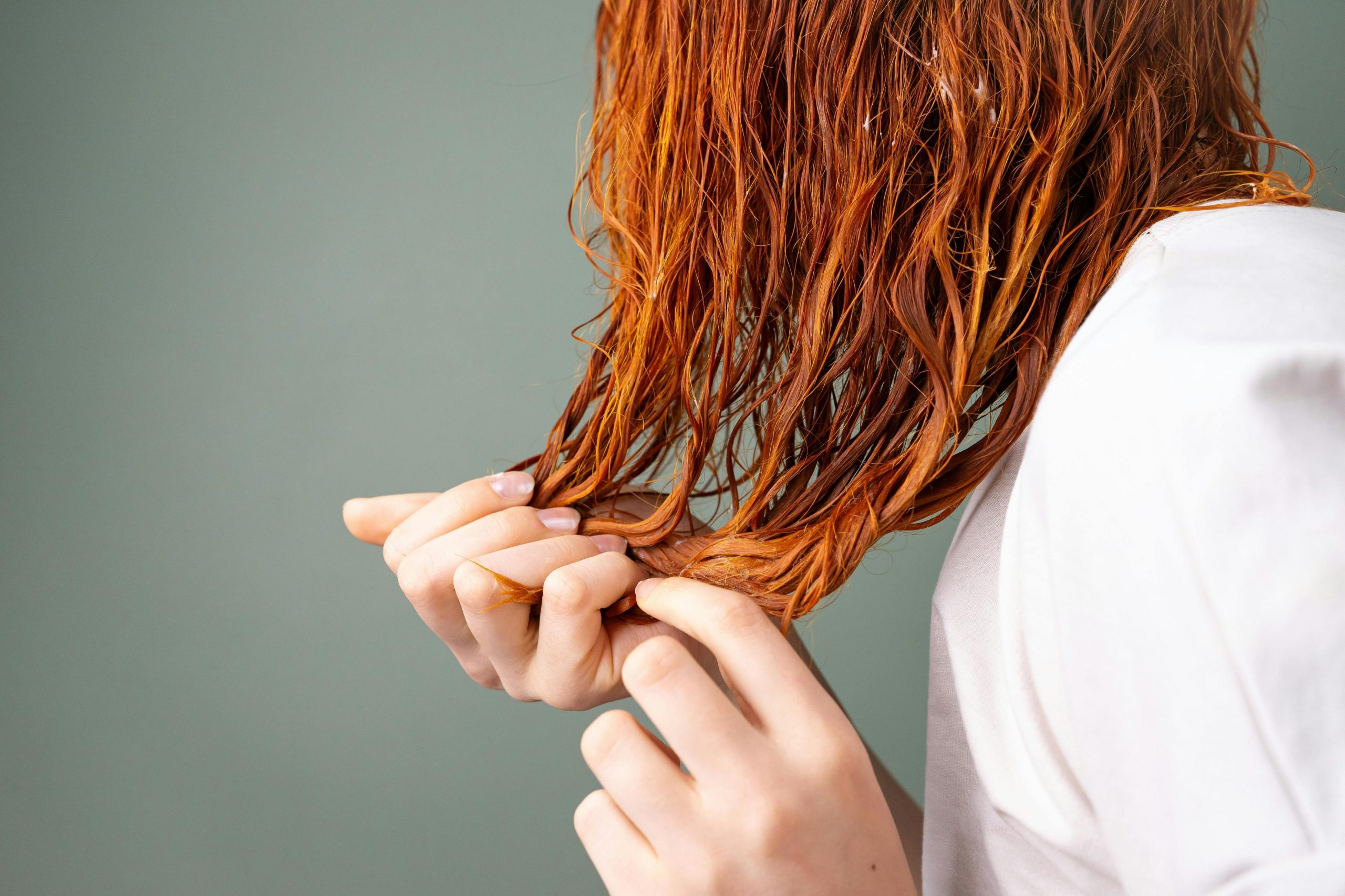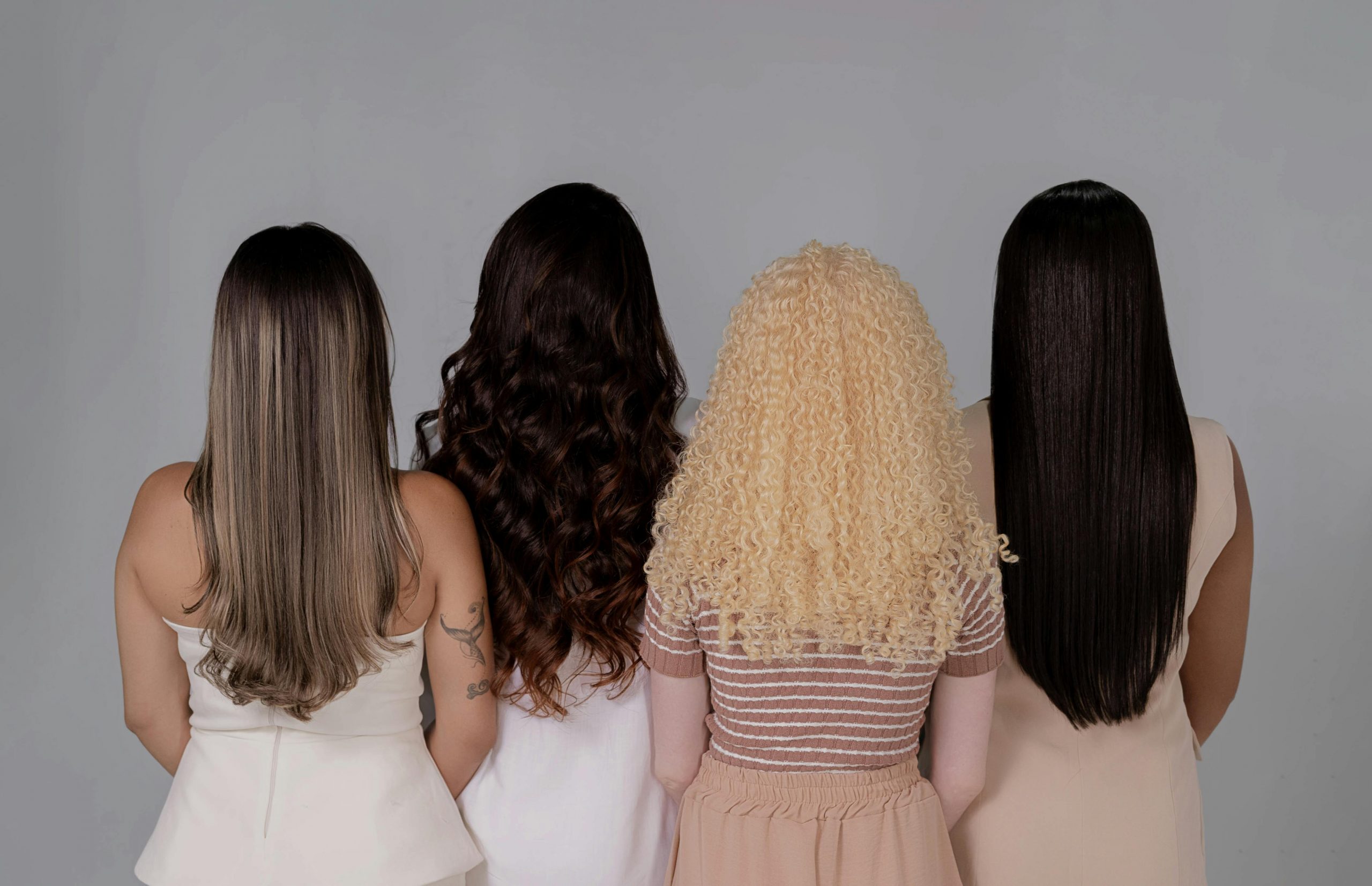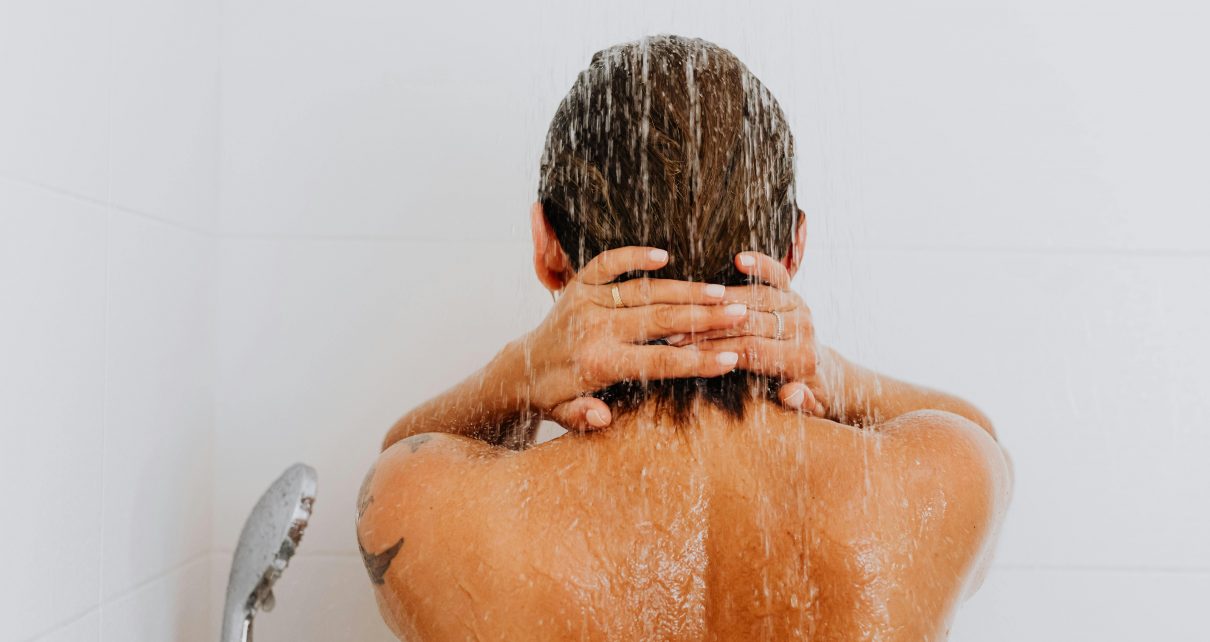
Conditioning is one of the most essential steps in any hair care routine. It keeps your hair hydrated, manageable, and protected from daily stressors like heat, styling, and pollution. But the question remains — how often should you condition your hair? The answer depends on your hair type, lifestyle, and the products you use.
This guide explores everything you need to know about conditioning — from how often to do it to the right techniques and products for your specific needs.
Why Conditioning Is Essential

Conditioning helps restore moisture and nourishment that shampoo can strip away. A good conditioner strengthens your hair shaft, seals the cuticle, and leaves your strands soft and shiny.
Key Benefits of Conditioning:
- Moisture retention: Prevents dryness, brittleness, and breakage.
- Improved manageability: Makes hair easier to comb and style.
- Frizz control: Smooths cuticles and tames flyaways.
- Damage repair: Replenishes lost nutrients and protects against environmental stress.
- Enhanced shine: Reflects light better for a healthy appearance.
Without regular conditioning, your hair can become dull, tangled, and prone to split ends — regardless of how often you wash it.
Factors That Affect How Often You Should Condition
The ideal conditioning frequency isn’t the same for everyone. Here are key factors that determine how often you should condition your hair:
- Hair Type
Different hair textures retain moisture differently:
- Straight hair: Often becomes oily faster; condition every 2–3 washes.
- Wavy hair: Benefits from light conditioning after each wash.
- Curly or coily hair: Tends to be drier; condition every wash and deep condition weekly.
- Hair Thickness
- Fine hair: Can get weighed down easily; use a lightweight formula 2–3 times a week.
- Thick hair: Requires more hydration; condition every wash.
- Scalp Condition
If your scalp is oily, avoid over-conditioning roots. For dry or flaky scalps, use a moisturizing conditioner regularly to maintain balance.
- Lifestyle & Environment
- Frequent styling or heat use: Condition more often to prevent dryness.
- Humid climates: Use lightweight conditioners to avoid buildup.
- Dry or cold climates: Deep condition weekly to combat moisture loss.
How Often to Condition Based on Hair Type

Understanding your hair type is the key to creating a conditioning routine that works for you. Each hair texture behaves differently—what keeps one person’s hair soft and shiny might make another’s look limp or greasy. By learning how your hair responds to moisture, oils, and products, you can fine-tune your conditioning schedule for the best results.
- Straight Hair
Straight hair tends to get oily faster than other hair types because natural oils from your scalp can easily travel down the hair shaft. While this makes your hair naturally shiny, it also means that over-conditioning can quickly make it greasy or flat.
Routine: Condition every 2–3 washes, depending on how oily your scalp gets.
Tips for Straight Hair:
- Apply conditioner only to the mid-lengths and ends—avoid the roots to prevent excess oil buildup.
- Choose a lightweight or volumizing conditioner that adds softness without weighing hair down.
- Rinse thoroughly with cool water to close the cuticle and add shine.
- If your hair looks dull between washes, use a small amount of leave-in conditioner or a light hair serum on the ends only.
Consistent but moderate conditioning helps maintain bounce and body while keeping straight hair sleek and manageable.
- Wavy Hair
Wavy hair sits between straight and curly—it can easily become frizzy if it’s too dry but also look heavy if over-conditioned. Hydration and balance are key to maintaining its natural texture and definition.
Routine: Condition after every wash to keep waves smooth and soft.
Tips for Wavy Hair:
- Use a light, silicone-free conditioner to avoid buildup that can weigh waves down.
- Detangle your hair with your fingers or a wide-tooth comb while the conditioner is in to reduce frizz.
- Occasionally switch to a deep conditioner if your hair feels dry or you use heat styling tools often.
- Let your hair air dry or use a diffuser to enhance wave definition.
Proper conditioning helps define your waves while preventing frizz and tangles, keeping your hair soft, bouncy, and healthy-looking.
- Curly Hair
Curly hair has natural bends and spirals that make it harder for scalp oils to travel from root to tip. This means curls tend to be drier and more prone to frizz and breakage. Regular conditioning is essential to keep curls hydrated, defined, and strong.
Routine: Condition every wash and deep condition once a week for optimal moisture balance.
Tips for Curly Hair:
- Choose rich, hydrating conditioners with natural oils or butters (like coconut, jojoba, or shea).
- Apply conditioner generously and let it sit for at least 5–10 minutes before rinsing.
- Use a leave-in conditioner or curl cream between washes to maintain hydration.
- Avoid over-rinsing—some curly-haired people benefit from leaving a little conditioner in to lock in moisture.
Deep conditioning helps restore elasticity and softness, while regular moisturizing prevents dryness and keeps curls well-defined and bouncy.
- Coily or Kinky Hair
Coily or kinky hair is the driest and most fragile texture, with tightly packed curls that need consistent and intense hydration. Because the natural oils from your scalp struggle to reach the ends, conditioning is absolutely essential to prevent breakage and maintain softness.
Routine: Condition every wash and deep condition weekly for maximum moisture retention.
Tips for Coily or Kinky Hair:
- Use thick, creamy conditioners with ingredients like shea butter, avocado oil, or castor oil.
- Detangle gently with a wide-tooth comb or fingers while conditioning to avoid breakage.
- Follow with a leave-in conditioner or moisturizing oil to seal in hydration.
- Consider using the LOC method (Leave-in, Oil, Cream) for lasting moisture protection.
Regular conditioning not only strengthens coily hair but also improves elasticity, reducing tangling and promoting healthy growth over time.
Deep Conditioning: How Often and Why It Matters
Deep conditioning goes beyond surface hydration. It repairs and restores hair from the inside out.
How Often to Deep Condition:
- Dry or damaged hair: Once or twice a week.
- Normal hair: Every two weeks.
- Oily hair: Once a month or as needed.
How to Deep Condition Properly:
- Wash your hair with shampoo to remove buildup.
- Apply the deep conditioner evenly, focusing on mid-lengths and ends.
- Cover with a shower cap or towel for 15–30 minutes.
- Rinse thoroughly with cool water to seal the cuticle.
Benefits:
- Strengthens hair and prevents breakage.
- Restores elasticity for healthier styling.
- Reduces frizz and increases shine.
Leave-In Conditioner: Daily Moisture for All Hair Types
Leave-in conditioners are lightweight formulas designed to provide lasting hydration. They can be used daily or between washes.
When to Use:
- After washing, before styling.
- On dry hair to refresh curls or reduce frizz.
- Before using heat tools for added protection.
Benefits:
- Adds softness and detangles instantly.
- Protects from UV rays and heat damage.
- Keeps hair moisturized throughout the day.
Tip: Start with a small amount and focus on the ends — too much can weigh hair down.
How to Apply Conditioner Correctly
Using conditioner the right way is just as important as how often you use it.
Step-by-Step Guide:
- Shampoo first: Clean hair absorbs conditioner better.
- Squeeze excess water: Too much water dilutes the conditioner.
- Apply evenly: Focus on mid-lengths to ends, avoiding roots.
- Leave for 2–5 minutes: Allow ingredients to penetrate deeply.
- Rinse with cool water: Helps close cuticles and lock in moisture.
Extra Tips:
- Use a wide-tooth comb to distribute product evenly.
- Avoid heavy conditioners if you have fine or oily hair.
- Alternate between regular and deep conditioners for balance.
Common Conditioning Mistakes to Avoid
Even with good intentions, small errors can undermine your results.
Avoid These Mistakes:
- Over-conditioning: Can make hair limp and greasy.
- Skipping conditioner: Leads to dryness and split ends.
- Applying to roots: Can cause buildup and weigh down fine hair.
- Not rinsing properly: Leaves residue that attracts dirt and oil.
- Using the wrong product: Mismatched formulas can worsen your hair’s condition.
Pro Tip: Rotate between different conditioners every few months to meet your hair’s changing needs.
Signs You’re Conditioning Too Much or Too Little
Your hair’s behavior reveals whether your routine needs adjustment.
Signs of Over-Conditioning:
- Hair feels heavy or oily.
- Lacks volume and bounce.
- Difficult to style or holds no shape.
Signs of Under-Conditioning:
- Hair feels dry or brittle.
- Frequent tangles or breakage.
- Looks dull and lacks shine.
Adjust frequency and product type until your hair feels soft, strong, and manageable without appearing greasy.
Product Recommendations for Different Hair Types
Here are some types of conditioners that suit various needs:
For Fine Hair:
- Lightweight or volumizing conditioners with keratin or panthenol.
For Dry Hair:
- Moisturizing conditioners with argan oil, shea butter, or avocado oil.
For Curly Hair:
- Hydrating formulas with aloe vera or coconut oil.
For Damaged Hair:
- Protein-enriched or repairing conditioners with amino acids or collagen.
Tip: Always read product labels — avoid harsh sulfates or silicones if your hair is prone to dryness.
Seasonal Conditioning Tips
Your hair’s needs can change with the seasons.
Summer:
- Condition more often to combat sun and saltwater exposure.
- Use UV-protectant leave-in conditioners.
Winter:
- Deep condition weekly to fight dryness from indoor heating.
- Use heavier, oil-based conditioners for extra protection.
Spring/Fall:
- Transition to lighter formulas as humidity and temperature shift.
Final Thoughts
So, how often should you condition your hair? The answer depends on your hair type, texture, and lifestyle. Straight or oily hair might need conditioning just a few times a week, while curly or dry hair often requires more frequent care.
By tailoring your conditioning routine and choosing the right products, you’ll maintain healthy, shiny, and manageable hair all year round.
Remember: Consistency is the secret — even the best conditioner can’t work if used irregularly. Treat conditioning as self-care, and your hair will reward you with lasting beauty and strength.



